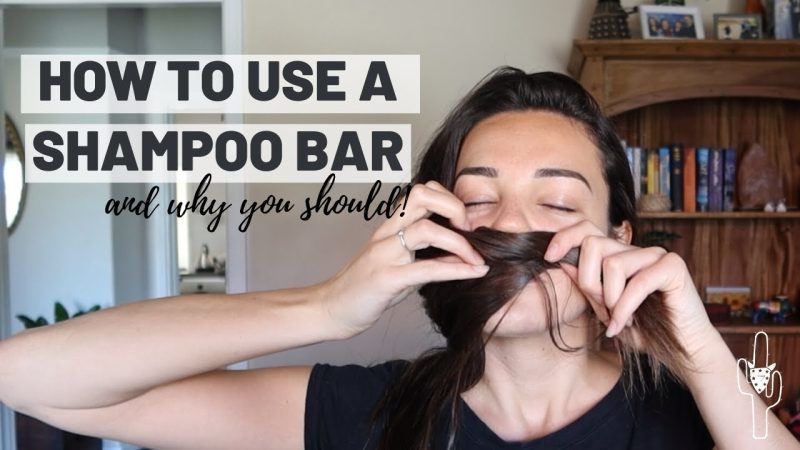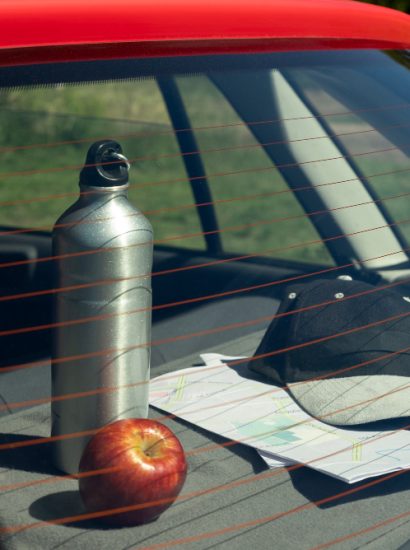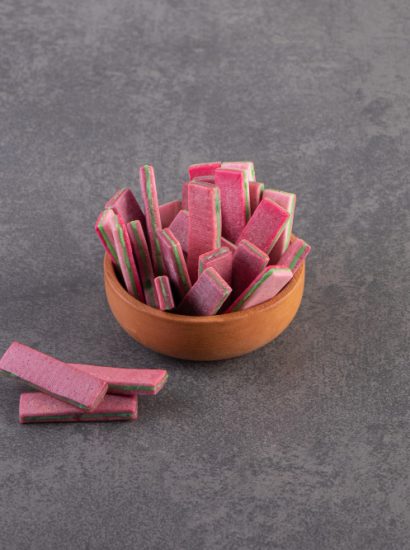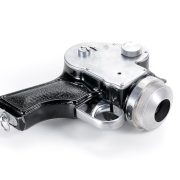Switching from liquid shampoo to a solid shampoo bar can feel like a small change — but it makes a huge difference for your hair and the planet. Shampoo bars are eco-friendly, travel-friendly, and packed with natural ingredients that promote strong, healthy hair without plastic waste. If you’re wondering how to use a shampoo bar, this complete guide will walk you through each step, along with expert tips to help you get salon-quality results right at home.
What Is a Shampoo Bar?
A shampoo bar is a concentrated, solid form of shampoo that cleanses your scalp and hair just like traditional liquid shampoos. It’s made with natural oils, butters, and gentle cleansing agents that nourish the scalp without stripping away essential moisture. Unlike bottled shampoos, shampoo bars eliminate plastic waste and often last longer since a little goes a long way.
Why Switch to a Shampoo Bar?
Before we dive into how to use a shampoo bar, it’s important to understand why so many people are making the switch.
Key benefits include:
- Eco-friendly: No plastic packaging, reducing environmental impact.
- Travel-friendly: Compact and TSA-approved — no liquid limits.
- Long-lasting: A single bar can replace 2–3 bottles of liquid shampoo.
- Natural ingredients: Free from harsh sulfates and synthetic fragrances.
- Scalp health: Gentle cleansing keeps your scalp balanced and nourished.
When used correctly, shampoo bars can leave your hair softer, shinier, and healthier over time.
Step 1: Choose the Right Shampoo Bar for Your Hair Type
Knowing how to use a shampoo bar starts with choosing the right one. Not all shampoo bars are created equal — each formulation targets specific hair needs.
- For dry or damaged hair: Look for bars with argan oil, shea butter, or coconut oil.
- For oily hair: Choose a bar with tea tree oil, lemon, or charcoal to absorb excess oil.
- For fine or thin hair: Use bars containing rice protein or volume-boosting ingredients.
- For curly or frizzy hair: Moisturizing bars with cocoa butter and castor oil work best.
Reading the ingredients label helps ensure the bar suits your scalp and hair goals.
Step 2: Prepare Your Hair and Bar
Before applying, wet your hair thoroughly with warm water. Warm water opens up your hair cuticles and helps the shampoo bar lather better.
If your shampoo bar is brand new, rub it between your hands under warm water for a few seconds to activate the suds. Some bars have a light film on the surface from the curing process — this rinses off easily.
Pro Tip: Don’t use excessively hot water as it can dry out your scalp and fade hair color.
Step 3: Create a Rich Lather
There are two main methods to lather a shampoo bar — choose whichever feels best for you:
Method 1 – Hand Lathering:
Rub the shampoo bar between your wet hands to create foam, then massage the lather directly into your scalp and hair.
Method 2 – Direct Application:
Glide the wet shampoo bar directly onto your scalp in gentle circular motions, focusing on the roots. Once a rich lather forms, set the bar aside and continue massaging with your fingertips.
Avoid rubbing too aggressively to prevent tangles or breakage, especially if you have long or curly hair.
Step 4: Massage and Cleanse the Scalp
One of the best parts of learning how to use a shampoo bar is mastering the scalp massage. Massage your scalp using your fingertips in small, circular motions for about 1–2 minutes. This boosts blood circulation, removes dirt and excess oil, and stimulates healthy hair growth.
Focus mainly on the scalp — not the hair length. The shampoo that runs down your strands during rinsing is enough to cleanse them without drying.
Step 5: Rinse Thoroughly
Rinsing properly is crucial. Shampoo bars are highly concentrated, so any leftover residue can make your hair feel heavy or waxy.
Use plenty of warm water to rinse from scalp to ends until the water runs clear. If your hair feels coated after rinsing, it might need an extra rinse cycle to remove excess product.
Pro Tip: If you live in an area with hard water, consider finishing with an apple cider vinegar (ACV) rinse. Mix 1 tablespoon of ACV with 1 cup of water to help dissolve mineral buildup and restore shine.
Step 6: Follow Up with a Conditioner Bar or Rinse
Just like shampoo, conditioners also come in solid bar forms. After shampooing, glide a conditioner bar through the mid-lengths and ends of your hair. Let it sit for 2–3 minutes before rinsing.
If you prefer natural methods, a DIY rinse of apple cider vinegar or diluted lemon juice can help balance pH and smooth your hair cuticles for extra shine.
Remember — the goal isn’t to weigh down your hair, but to lock in hydration.
Step 7: Dry and Store Your Shampoo Bar Correctly
After finishing your wash, gently pat your hair dry with a towel instead of rubbing. This minimizes frizz and breakage.
For your shampoo bar, keep it dry between uses. Store it on a soap dish with drainage holes or a wooden rack to let air circulate. Avoid leaving it in standing water or a closed container, as moisture can make it dissolve quickly or grow soft.
Proper storage can extend your bar’s life to over 80 washes — far more than a bottle of liquid shampoo.
Common Mistakes to Avoid When Using a Shampoo Bar
Even if you know how to use a shampoo bar, a few small mistakes can impact your results. Here’s what to avoid:
- Not rinsing completely: Residue can make your hair feel waxy or sticky.
- Using hard water without a rinse: Minerals can interact with natural soap ingredients.
- Rubbing the bar too harshly: This can cause friction and hair breakage.
- Skipping the adjustment period: It may take 1–2 weeks for your scalp to balance oil production after switching.
- Improper storage: A soggy bar loses its effectiveness faster.
By avoiding these issues, you’ll enjoy cleaner, softer, and more manageable hair.
Conclusion
Now that you know exactly how to use a shampoo bar, you’re ready to embrace a cleaner, greener hair care routine. The transition from liquid shampoo may take a few washes as your scalp adjusts, but once you find your rhythm, you’ll notice how soft, healthy, and vibrant your hair becomes.
Using a shampoo bar isn’t just good for your hair — it’s also a sustainable choice that helps reduce plastic waste and supports eco-conscious living. Take your time experimenting with different bars, and soon, this small switch will feel completely natural.
FAQs
1. How often should I use a shampoo bar?
You can use it as often as you would your regular shampoo — typically 2–3 times a week. If your scalp gets oily faster, you can shampoo more frequently using a gentle, pH-balanced bar.
2. Why does my hair feel waxy after using a shampoo bar?
This often happens during the transition phase or if you have hard water. Use an apple cider vinegar rinse once a week to remove buildup and help your hair adjust.
3. Can I use a shampoo bar on colored hair?
Yes, but choose a sulfate-free bar with mild ingredients like argan oil or aloe vera. Harsh cleansers can fade hair color faster.
4. Are shampoo bars safe for curly or textured hair?
Absolutely! In fact, shampoo bars with shea butter, castor oil, or cocoa butter can help define curls and reduce frizz when used correctly.
5. How long does one shampoo bar last?
On average, one shampoo bar lasts between 60–80 washes, depending on hair length, thickness, and storage conditions.
Also read: Best Brown Hair Dye for Ginger Hair: Top Shades That Look Natural and Beautiful









